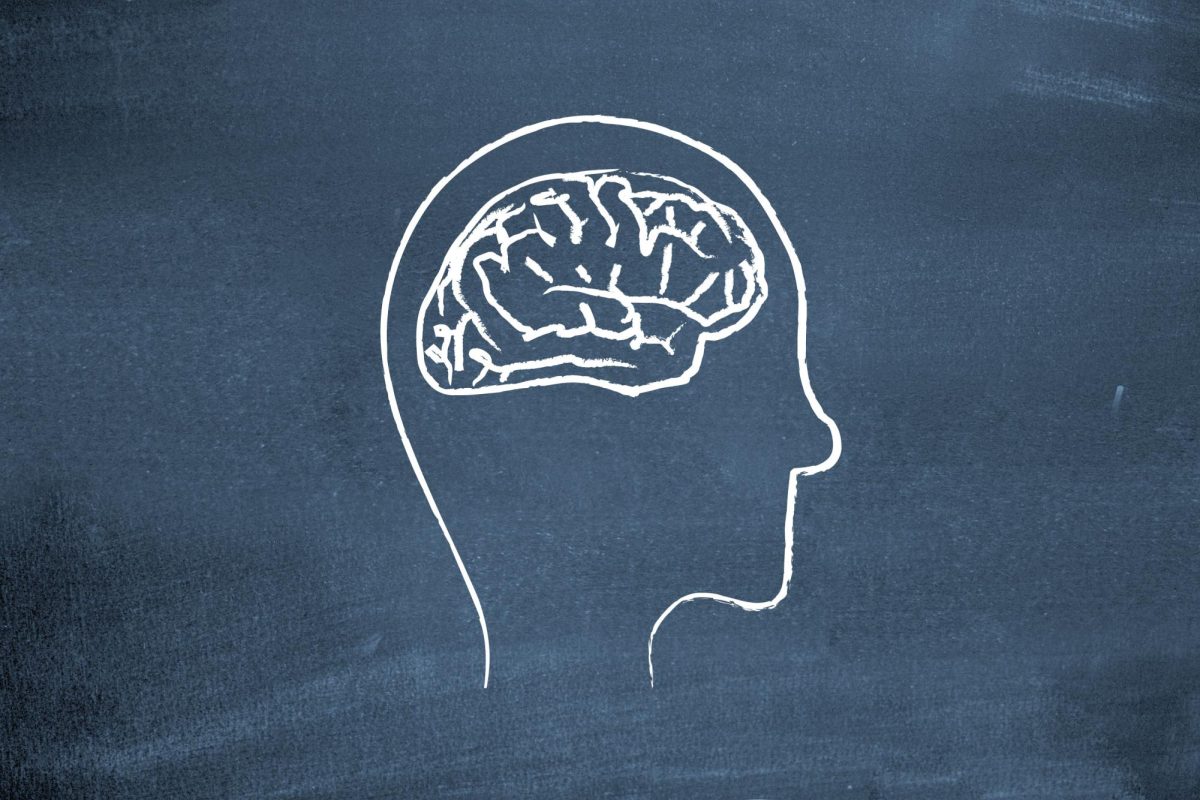The beginning of the year stress can quickly take over students’ minds and schedules. Classes may be difficult, and in turn give students extremely hefty work loads. Finding strategies to cope is important, but discovering one’s learning styles and compatible strategies that will lead to success is the most efficient way to achieve long lasting results.
The four main learning styles are visual, auditory, kinesthetic and tactile. Many people have a combination of these four styles, but they usually have one predominant style of learning. Each of these styles have complementary ways of studying and in-class strategies.
Visual learners are individuals who best intake their content through maps, graphs, charts, diagrams and colors. Some characteristics of visual learners may be enjoyment of reading, good organizational skills, easily distracted by noise and are strong spellers. Study skills for visual learners include sitting in the front of the room, making flashcards, utilizing memory devices and constant use of charts, graphs and maps.
A small group of people are auditory learners. Auditory learners remember information better when it’s delivered through sound or speech rather than written form. Due to this, they may experience challenges when receiving instructions or information in written form but can clearly understand them when the information is auditory. These individuals are typically strong listeners and speakers and can easily remember information that has been spoken. For example, an auditory learner may remember everything that their classmates said during a socratic seminar and deliver their points extremely well while lacking memory for written tasks in class.
A person who gets antsy during a long lecture, has a lot of energy and enjoys studying while exercising tends to be a kinesthetic learner. Kinesthetic learners process information best when they are physically engaged during the learning process. Those who learn through movement tend to have a difficult time learning through traditional, lecture-based learning. This is because their brains are engaged while their bodies are not, causing a disconnect in memory processing. Kinesthetic learners tend to have good hand-eye coordination, fast reflexes and perform well in art and drama. Teachers can help cater to this learning style by allowing for standing and seated desk arrangements, taking lecture breaks and allowing for student collaboration through group work, experiments, projects, plays, etc.
Finally, there are tactile learners who process information best through hands-on work. Tactile learners like to experience the world and act out events. For example, hands-on learners learn a phone number by physically practicing the pattern of the numbers as they put them into the phone. Another example is learning a recipe by going through the directions and actually cooking the dish, rather than simply reading the instructions and looking at images. When preparing for an exam, tactile learners must be actively involved with the information that they are studying. This means to not just read material, but rather talk about it with a friend, role playing and using flashcards.
Sarah Bartosiak, an AP Psychology and World History 1 Honors teacher is very intentional about how she structures her classroom.
“My directions and lectures are always geared to both visual and auditory learning styles,” Bartosiak said. “I verbally state instructions and periodically remind students of their task while also including written instructions either on the board and/or activity sheet. I include key concepts and visual representations in the Google Slides while including additional explanations and examples in my verbal lectures.”
Learning more about students’ learning approach may be the final piece in allowing a student to reach their goals. Students do not have time to reread material over and over again to somewhat grasp what the main idea is. Understanding how someone absorbs information best can help students study more effectively and with less frustration, help teachers teach more effectively and help individuals better understand the particular modalities that can help learners process information most productively.
Bartosiak shares study strategies for success, regardless of learning style, that prior students of hers have found successful. Her first tip explains the importance of studying early, often and not “cramming the night before”. Bartosiak also recommends moving around, turning studying into a game, creating review materials, and finding a study partner to ask you questions.
Finally, Bartosiak emphasizes, “Don’t just passively reread your notes, which can take a lot of time and be very boring without being very effective.”




